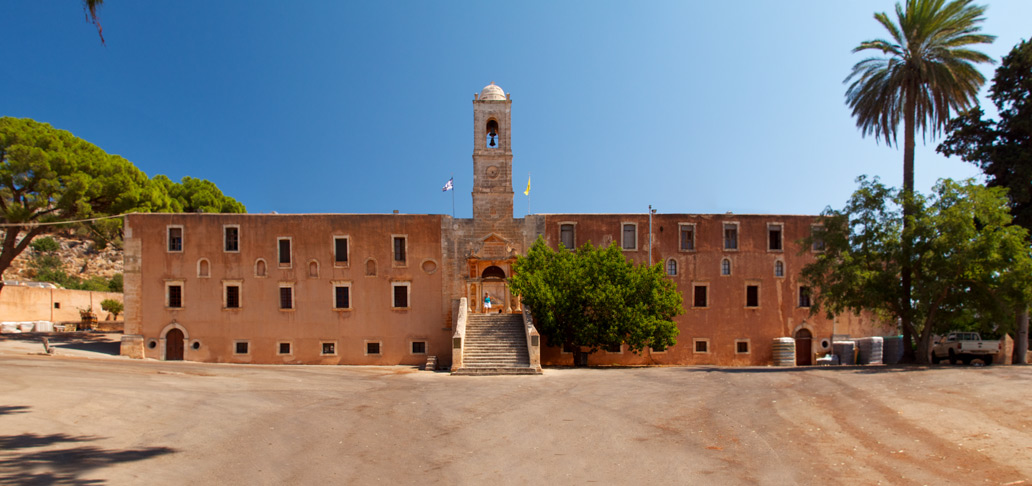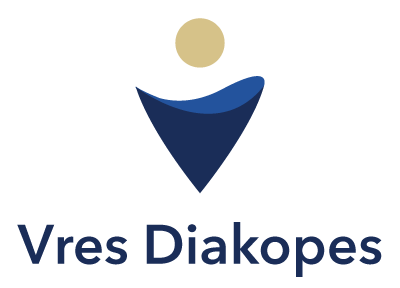This Monastery was built in the early 17th century by brothers Jeremiah and Laurentius from the Venetian-Cretan family Tzagarolon in a place owned by monk Joachim Sophianos. In 1611, the monastery was appointed to Jeremiah and construction began immediately. After his death in 1634, his work was continued by Lawrence but was not completed due to the conquest of Chania by the Turks in 1645. In 1821 it was burned by the Turks and lost many of its heirlooms. Today a few monks live in the monastery and have made it famous for the organic products they cultivate.
Despite later additions, the Monastery has retained its original style, which is associated with the movement of Mannerism (as it prevailed in Crete since the mid-16th century) as well as the culture of the founders (as indicated by bilingual signs found in the monastery). The building is a large rectangular complex which makes use of the sloping ground as suggested by the famous architect Sebastiano Serlio. That is, the sloping ground is converted into an artificial flat courtyard beneath which there is a large tank and all agricultural facilities. Therefore, what looks like a ground floor outside is actually a basement of the courtyard.
The monastery is one of the most typical works of the Cretan Renaissance and it became the model for a series of monastic churches in the region of Chania. The domes had not been built yet when Chania was taken by the Turks in 1645. They were constructed -along with the chapel on the upper floor- in 1836. The carved, gold plated iconostasis was built in 1836 and most of the murals are the work of painter Mercurius of Santorini. Among the most interesting things of the ground floor you will find the vaulted ossuary with the elegant funerary aedicule of the Savior, the original abbey, the underground vaulted premises of the olive press, the fountain, the big tank and the wine cellar. The former Church School occupies the east wing and operates there since the late 19th century. On the north side of the monastery, there is an 18th century olive press and facilities for the assisting personnel.
Although most of the heirlooms were lost in the passage of history, the small museum houses an exhibition of paintings including the paintings of St. John the Theologian (16th century), St. Nicholas (17th century), the enthroned Pantocrator, Zoodochos Pigi and the Second Coming - works of the famous painter Emmanouil Skordylis. In the museum you will also find embroidered vestments, manuscripts of the 12th century (and of more recent years), books and documents and other sacred relics.



